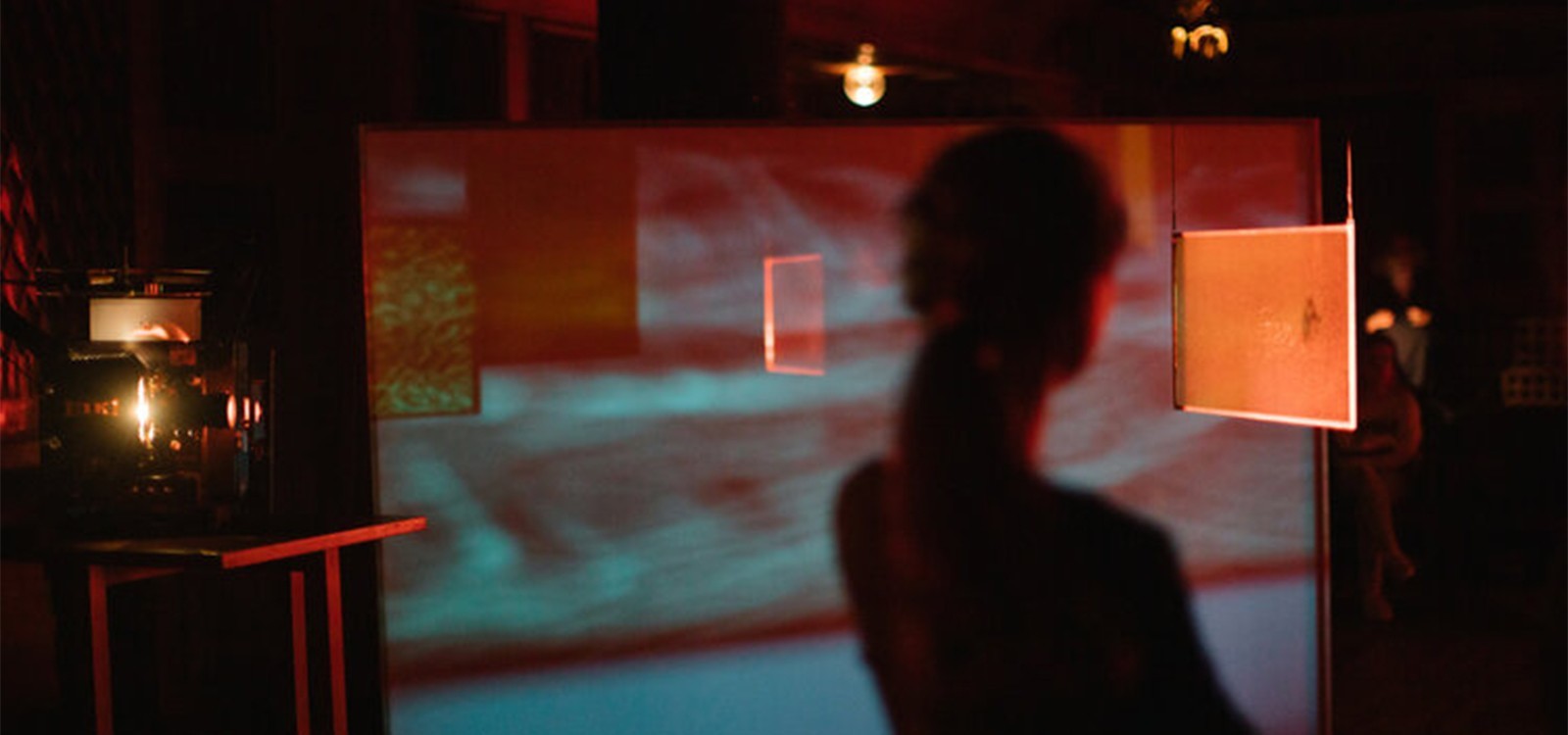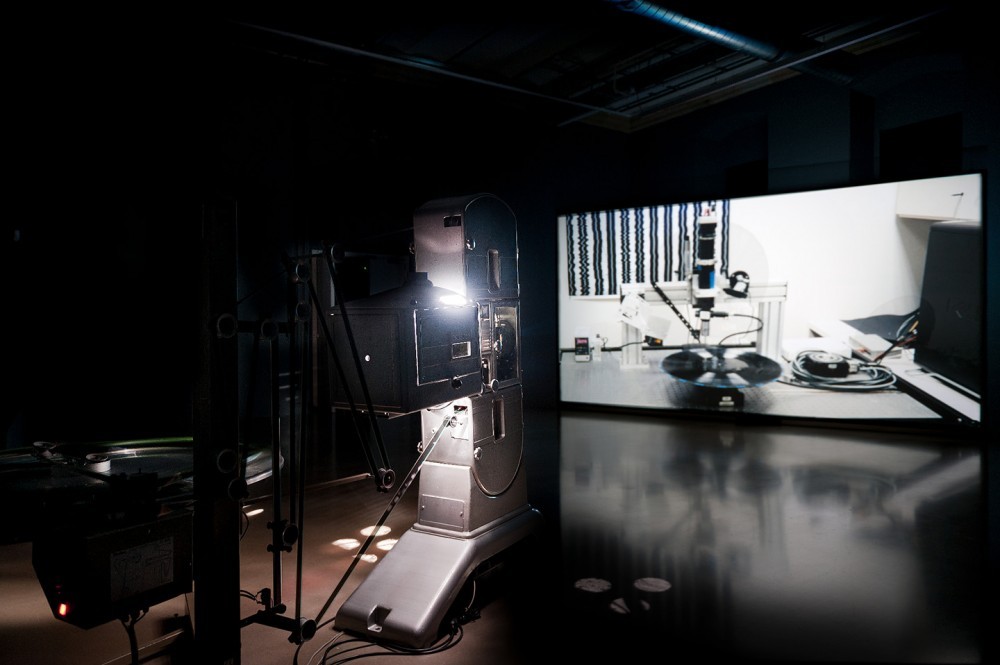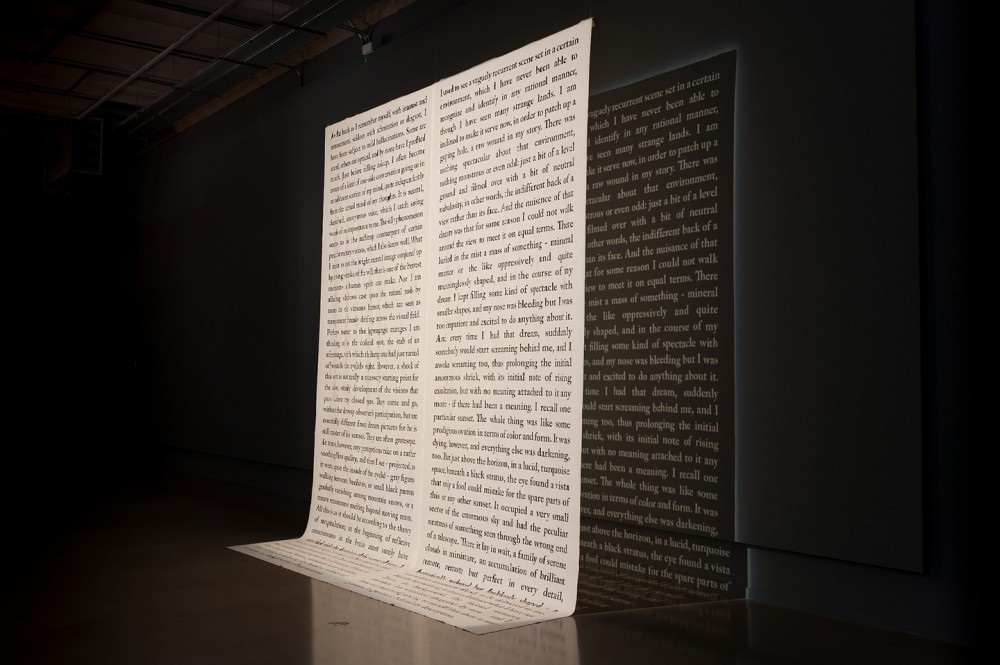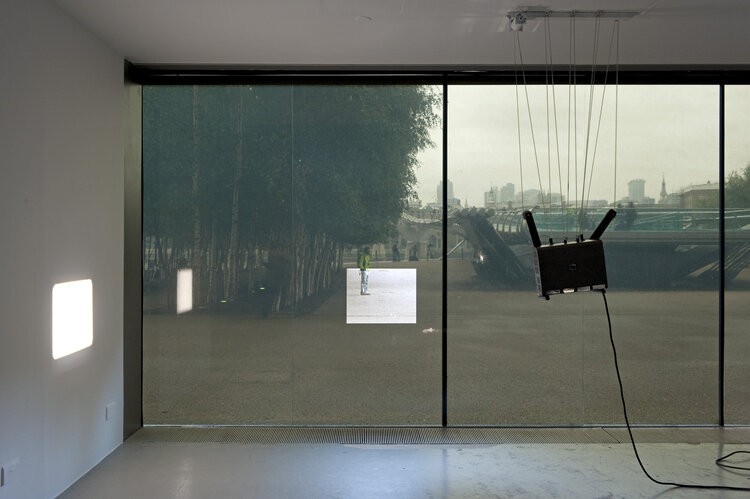
Rosa Barba: ‘The interesting thing about machines—and algorithms too—is that you can never exactly tame them’
Rosa Barba is an Italian visual artist and filmmaker. Barba received an Honorary Mention of the Collide Residency Award, and she will take part in the Guest Artist programme. We spoke to the artist about the relationship between film and astronomy in her practice, her engagement with analogue film and her interest in scientific environments and communities.
Your career spans over 20 years. How would you describe your filmmaking practice? How have you seen your work evolve?
My belief and trust are always that disrupting the status quo of cinema opens up new cognitive spaces that give access to new thinking and experiencing. My response was to intensify my strategies of fragmentation and dismantle the status quo of cinema, with a focus on certain possibilities that arose from playing around with its components: turning them inside out, upending and involuting them, redistributing them until they opened up new anarchic spaces. Anarchic as such does not signify “chaotic” but rather points toward anarchism as a foundation of political and artistic thinking – distinctly optimistic and egalitarian.
A central dimension of my work is that of staging and performance, revolving around the question of how a performative setting can be exposed where fact and fiction can be intertwined. At the same time, I regard cinema in my work in an architectural sense and as an instrument, where the environment, the screen and the projection can be pushed forward to create another spatiotemporal dimension that is concurrent with and points beyond the context of interior or exterior space.
I regard cinema in my work in an architectural sense and as an instrument, where the environment, the screen and the projection can be pushed forward to create another spatiotemporal dimension that is concurrent with and points beyond the context of interior or exterior space.
Extending landscapes – mainly deserts – and the relationship between film and astronomy act as the starting points to many of your works. Could you tell us more about this entanglement?
Both spaces, nature and the cosmos, are capable of preserving documents regarding the relationship between human beings and nature and the influence that they have exerted on it. They also share the encounter between old and new technologies, a coming together prompted by how they are used, as happens with deserts, or by the need to what is out of sight, as is the case with astronomy.
In your works Optic Ocean, 2011, The Color Out of Space, 2015, and Drawn by the Pulse (2018), you have previously explored the philosophical systems and paradigms of scientific research. How do you approach knowledge through the dialogue between art and science?
It is an approach and dialogue of testing limits of each field and let them conceptually speculate into new forms and directions.
Your work encompasses films, sculptures, installations, and text publications, incorporating seemingly obsolete machines as a critical element in many of your works. What attracts you to the analogue medium?
I am interested in Cinema as a sovereign and speculative instrument that interrogates singular qualities of space against the overshadowing regime of film. I make sculptural studies by modifying analogue machines to operate in ways other than originally intended. The interesting thing about machines—and algorithms too—is that you can never exactly tame them. I work towards a journey of creating new mental places of experience and consciousness.
You have previously worked in scientific environments such as the Hirsch Observatory at Rensselaer Polytechnic Institute and the Harvard-Smithsonian Center for Astrophysics. In 2021, you will take part in the Guest Artists programme at CERN. What attracts you to such highly specialised environments?
I am interested in engaging with the scientific community that continues to research where official knowledge has ended. The place where new journeys, systems and tools are created to sculpt new knowledge.
The artists that come to CERN bring different approaches, and the dynamics between artists and scientists follow unexpected paths. What do you expect from your visit to CERN and your exchanges with the scientific community?
I am interested in learning from the scientific community and introducing the element of play into our encounters. Play here does not indicate a game with rules. Instead, it functions in a more philosophical sense, suggesting a ludic mentality and quality which will help to lead us to a new mental space - with new shades of meaning and experience.
Interview by Ana Prendes, Communications and Content Producer at Arts at CERN.





